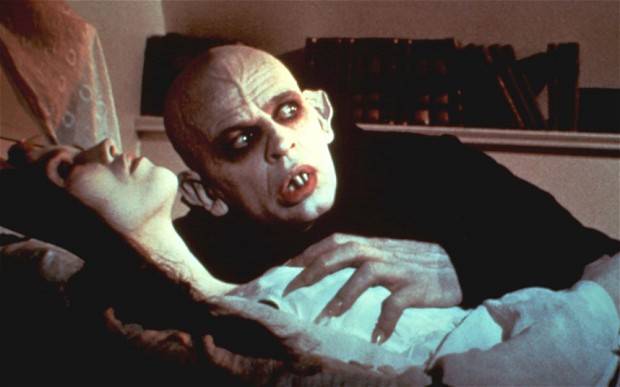
Try as we may to be blasé – making it the subject of horror movies, detective dramas, novels and so forth – the mystery of death remains humanity’s primary conscious and unconscious preoccupation. The heart of philosophy and religion, not to mention Hollywood, “the great unknown” both fascinates and frightens, spawning a creative outpouring of unequalled proportions.
Our attempts at repressing our awareness of mortality through distraction fuels major segments of the economy, which produce an unending stream of entertaining consumer pastimes, from toys to tourism. Nonetheless, the topic of the great abyss obsessively surfaces within the plot lines of a popular culture populated with Zombies, Vampires and Serial Killers. At the other end of the spectrum we find Halloween “fun” and “Day of the Dead” remembrance, explicit explications of death through which our buried fears are celebrated.
In trying to demystify death by making it commercial, we attempt to reduce our uncertainty and fear, but our anxiety and fear often increase instead. We find Zombies and the like addictively entertaining; the psychological effect is to make explicit that which terrifies us, perhaps in hope our fears of death might lessen. Yet, like any addiction, frightening entertainment requires experiences of increasing strength. Accordingly, just as roller-coasters have become more extreme, media-generated depictions of death and horror are now so graphic and gruesome that twenty-five years ago they would have been deemed socially unacceptable.
Of course, it is not simply death we are afraid of, but life. Mechanisms of distraction and entertainment also mask the possibility of living fully, for our modern existence is riven through with violence – not physical violence alone – but psychic violence. Violence includes efforts intended to force people to act in ways we desire with indifference to its other effects. Technology is now an agent of violence through loss of privacy, constant interruption and virtual slavery to its imperatives. I fully anticipate the horror of a trick-or-treating teen costumed as an iPhone.
Standards of “normal” are imposed at birth, and escalate through forms of psychic violence each passing year. By late adolescence, we have often squashed authentic feeling and expression, having substituted robotic social habits for genuine experience. For many, being becomes nearly intolerable, as unmediated experience of self frightens us with its groundlessness; boredom emerges as an enemy. A recent experiment revealed that a majority of people would rather self-administer an electric shock than sit alone for fifteen minutes with nothing to do.
Thus we oscillate between hope and fear – hoping our fantasies will come true though feeling largely powerless to influence events and fearing the unknowable, emptiness of death, of no-thingness, the void. In this restless state of alienation from ourselves and others, we clutch to one ideology or another to buttress justifications for behavior. As psychologist R.D. Laing noted, behavior is an expression of experience; tellingly, we collectively and systematically kill others in proportion to our experience of psychic violence. We feel helpless so we inflict helplessness; we feel fearful so we inflict fearfulness. In an escalating spiral of violence – both physical and psychic – the world becomes more threatened and more threatening.
If an antidote to this spiral exists it will not be found in ideology, Hollywood or Halloween; we are too far gone for that. Only that which transcends hope and fear will save us: acts of mercy and compassion.